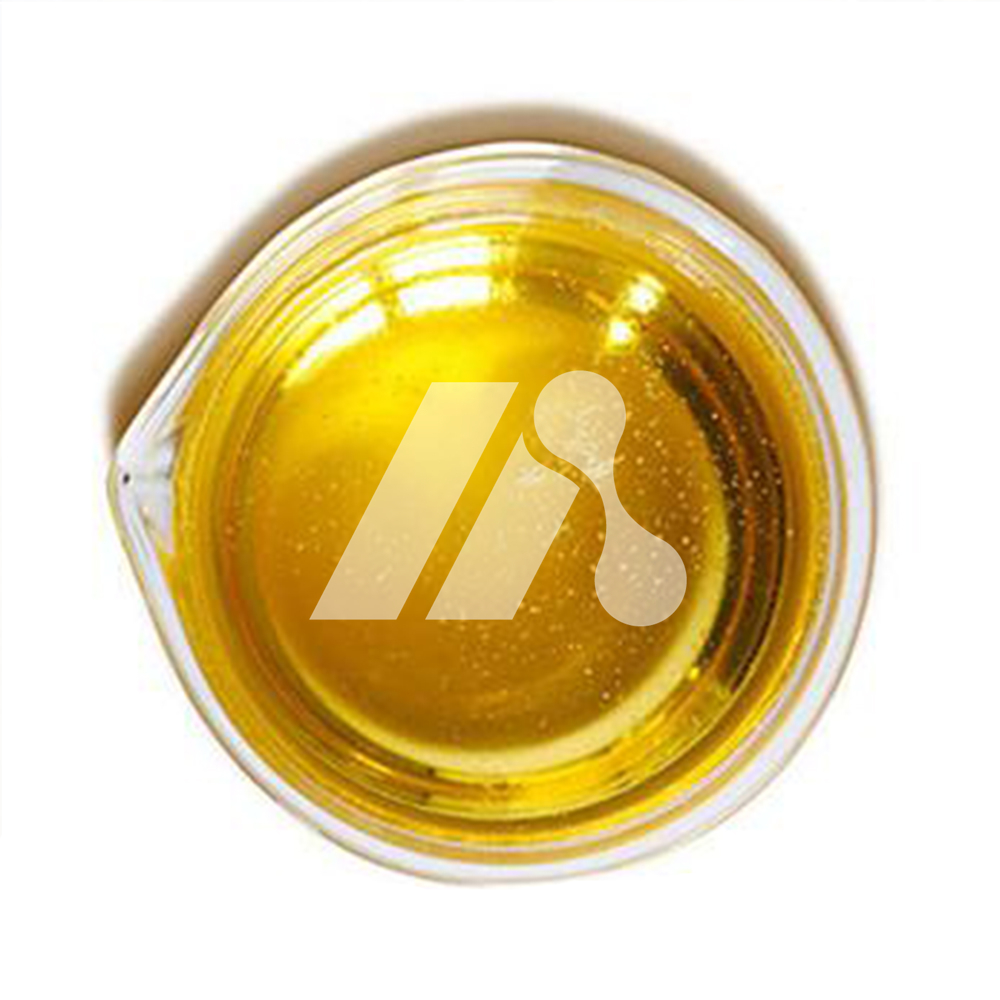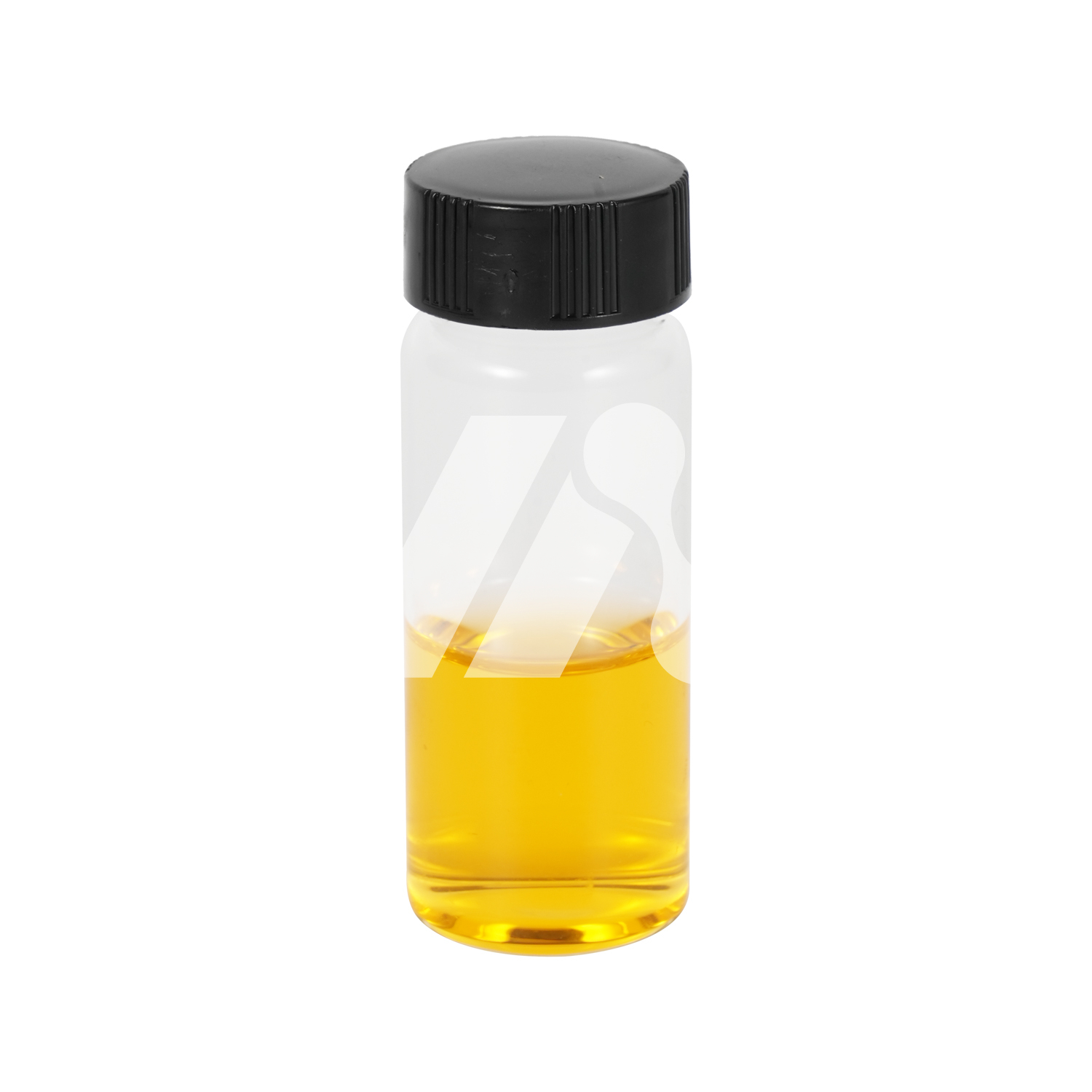CAS No.: 38641-94-0
Empirical Formula:C6H17N2O5P
EINECS: 213-997-4
Appearance: Yellow Liquid
Origin: CHINA
Glyphosate Isopropyl Ammonium Salt stands as a leading, widely-utilized herbicide. This potent blend is primarily composed of two key elements: glyphosate and isopropyl ammonium salt. Known as a non-selective growth inhibitor, glyphosate is absorbed by leaves and translocated throughout the plant, hindering specific enzyme activities. This disruption prevents plants from synthesizing essential amino acids, ultimately leading to their demise.
Application: Glyphosate Isopropyl Ammonium Salts offer remarkable versatility, making them indispensable for weed management across various agricultural and non-agricultural settings. They are ideal for weeding in field crops, orchards, and vineyards, effectively controlling a diverse array of weeds. Additionally, they serve as a reliable solution for managing weeds along roads, railways, pipelines, and waterway slopes, as well as in woodlands and public areas. This extensive applicability ensures comprehensive and efficient weed control.
IMPORTANT NOTICE:
1. Always wear protective clothing and gloves when handling this product. Avoid direct skin contact and inhalation of the substance at all costs.
2. Glyphosate isopropyl ammonium salts can pose a significant risk to aquatic life. Exercise extreme caution to prevent the product from entering water bodies.
3. This product must be handled with care to prevent contact with humans, animals, and organic matter, thereby mitigating potential harm.
4. Ensure all tools and equipment are thoroughly cleaned immediately after use. Dispose of any residual glyphosate isopropyl ammonium salt in accordance with proper safety guidelines.
5. Adhere strictly to all relevant regulations and standards when using glyphosate isopropyl ammonium salts to guarantee its safe and effective application.
Basic Info.

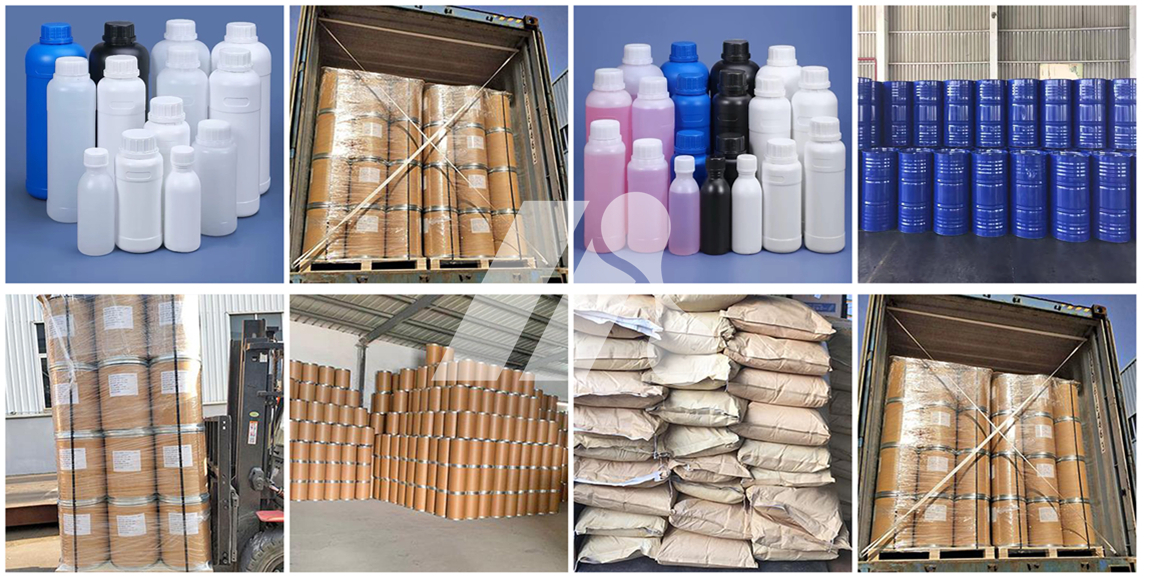
-
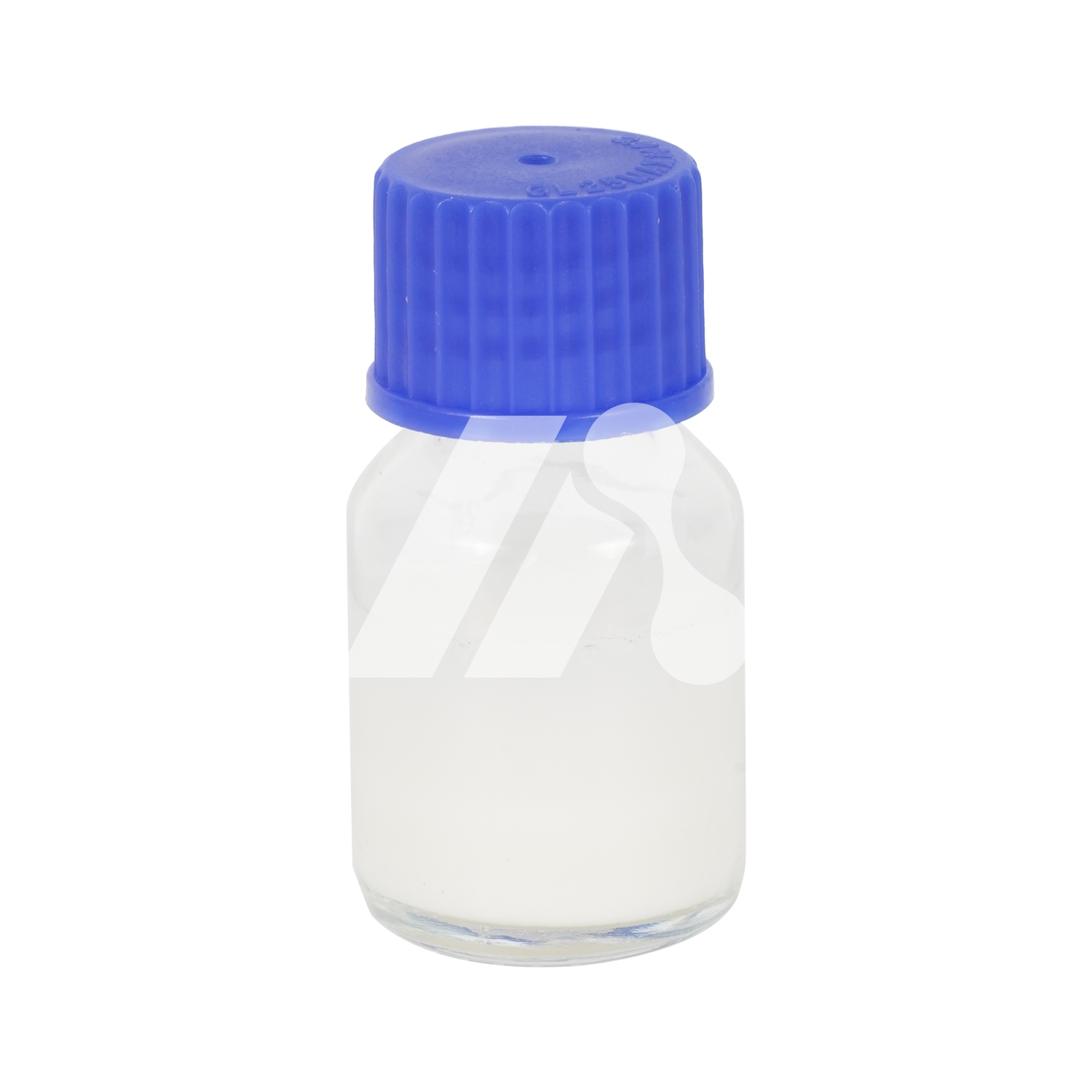 Glufosinate-P 90%
L-Glufosinate 90% (Glufosinate-P) is by far the only natural sense herbicide containing the C-P-C structure, which is about 4 times the grass glyphosate, which is twice the proclastation of the grass and two times the somatoscope (DL-type). Glufosinate-P adsorbs the activity of glutamine synthetase causing the cytotoxic ammonium ions to accumulate in the plant, destroying its photosynthesis.
CAS No.: 35597-44-5
1 kg (MOQ)
Glufosinate-P 90%
L-Glufosinate 90% (Glufosinate-P) is by far the only natural sense herbicide containing the C-P-C structure, which is about 4 times the grass glyphosate, which is twice the proclastation of the grass and two times the somatoscope (DL-type). Glufosinate-P adsorbs the activity of glutamine synthetase causing the cytotoxic ammonium ions to accumulate in the plant, destroying its photosynthesis.
CAS No.: 35597-44-5
1 kg (MOQ)
-
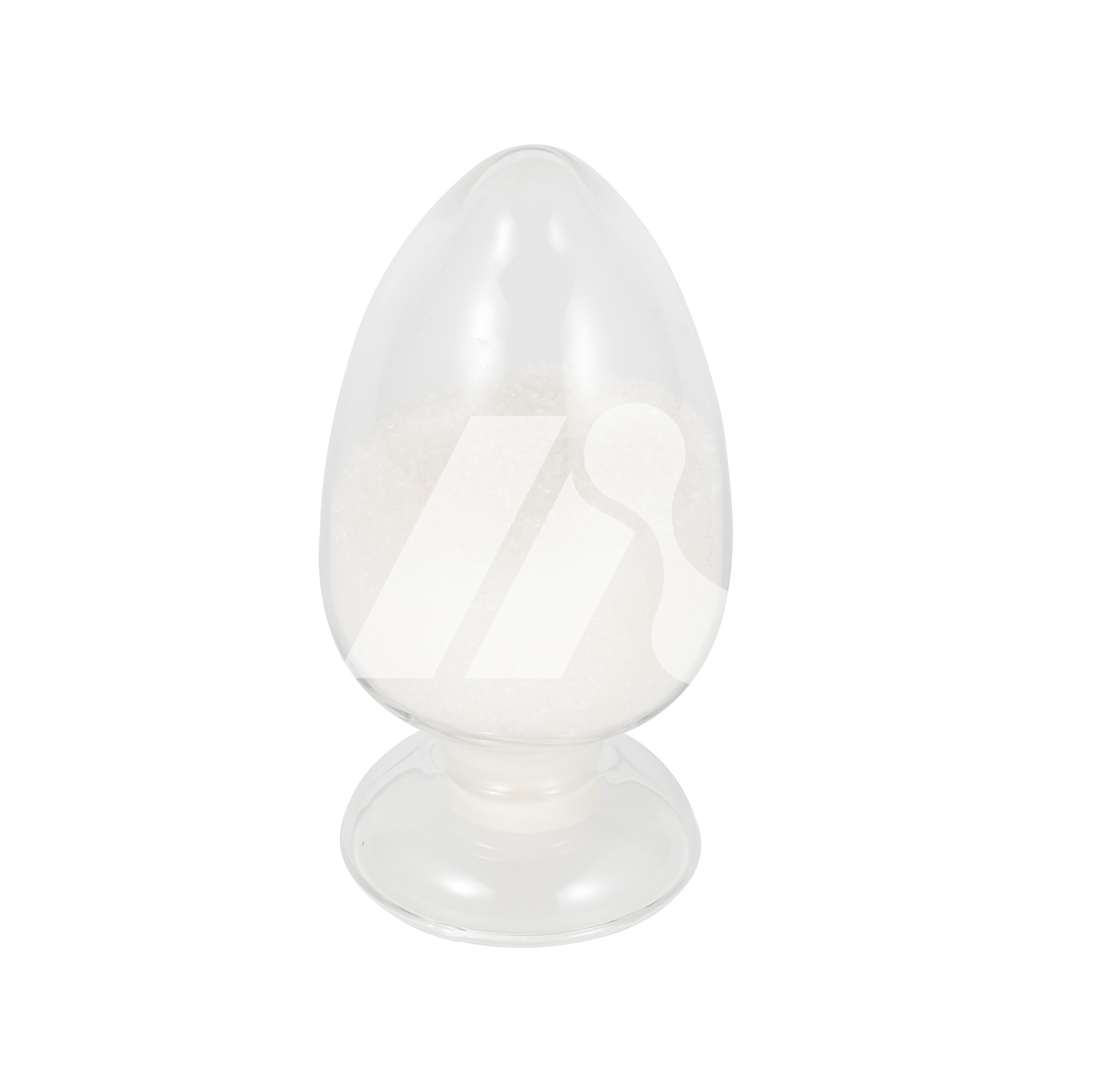 Tembotrione 98%
Tembotrione is a herbicide used to control grassy and broadleaf weeds in corn fields.Mainly used in corn fields, cyclosulfonate is a post-emergence HPPD (hydroxyphenylpyruvate dioxygenase) inhibitor herbicide. It works by blocking the plant's internal. The biosynthesis of isoprenylquinone causes chlorosis, discoloration, tissue necrosis, and ultimately the death of weeds within 2 weeks.
CAS No.: 335104-84-2
1 kg (MOQ)
Tembotrione 98%
Tembotrione is a herbicide used to control grassy and broadleaf weeds in corn fields.Mainly used in corn fields, cyclosulfonate is a post-emergence HPPD (hydroxyphenylpyruvate dioxygenase) inhibitor herbicide. It works by blocking the plant's internal. The biosynthesis of isoprenylquinone causes chlorosis, discoloration, tissue necrosis, and ultimately the death of weeds within 2 weeks.
CAS No.: 335104-84-2
1 kg (MOQ)
-
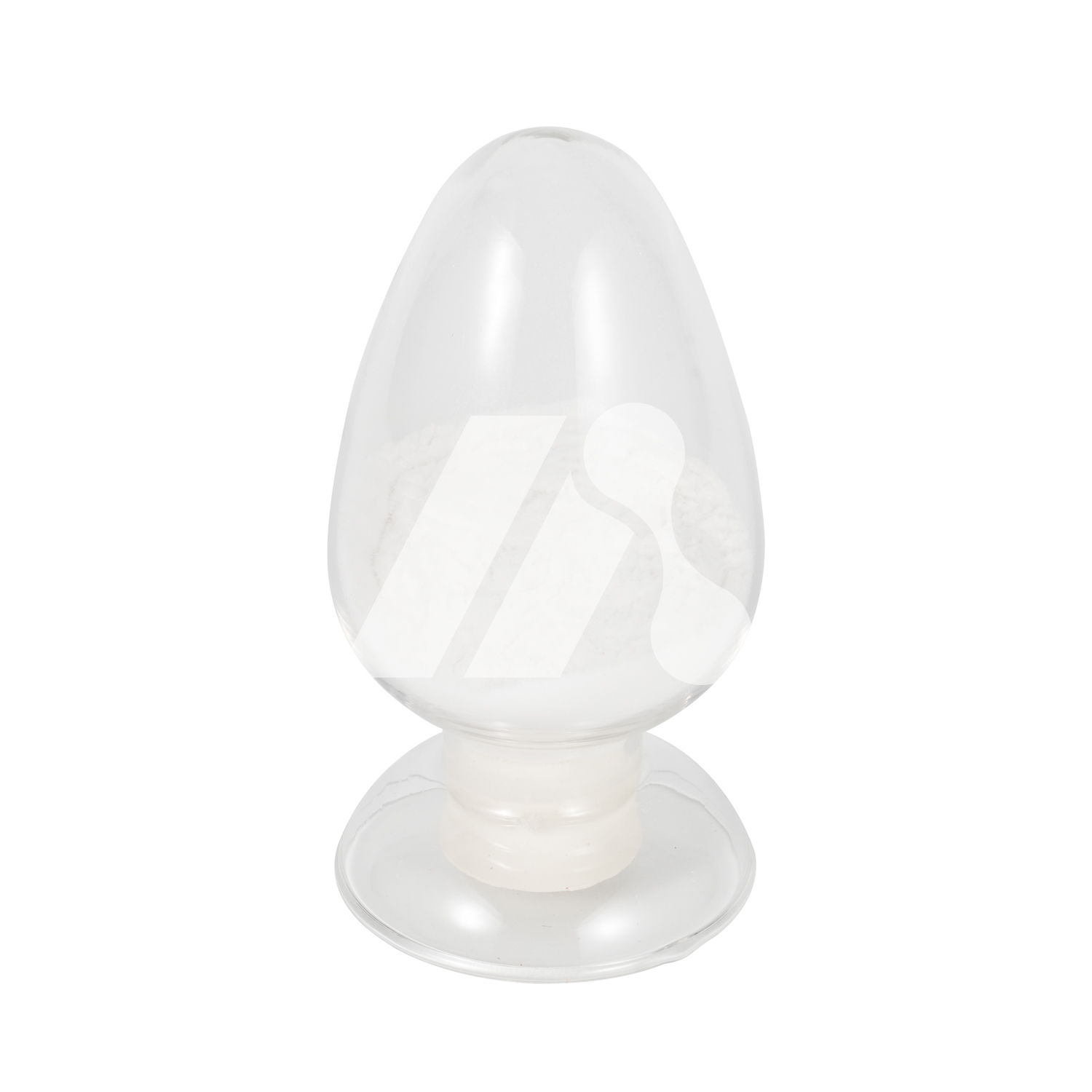 Glufosinate-Ammonium
Glufosinate-Ammonium 95% is mainly used for weed control in orchards, vineyards, potato fields, nurseries, forests, pastures, ornamental shrubs and no-till land, and controls annual and perennial grass weeds, such as foxtail, wild oats, crabgrass, barnyard grass, foxtail, bluegrass, creeping ice grass, bermudagrass, bentgrass, reed, fescue, etc.
CAS No.: 77182-82-2
1 kg (MOQ)
Glufosinate-Ammonium
Glufosinate-Ammonium 95% is mainly used for weed control in orchards, vineyards, potato fields, nurseries, forests, pastures, ornamental shrubs and no-till land, and controls annual and perennial grass weeds, such as foxtail, wild oats, crabgrass, barnyard grass, foxtail, bluegrass, creeping ice grass, bermudagrass, bentgrass, reed, fescue, etc.
CAS No.: 77182-82-2
1 kg (MOQ)
-
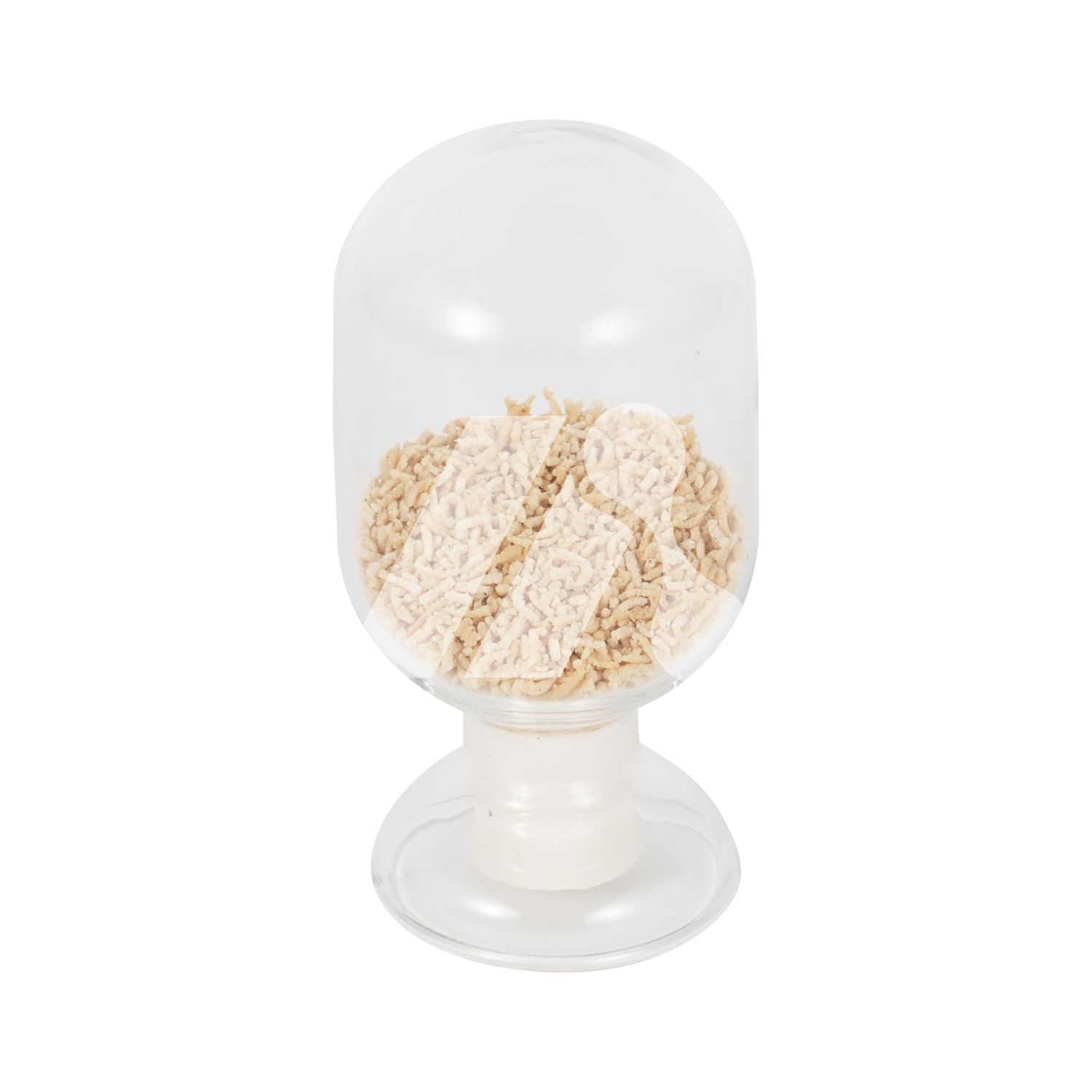 Glyphosate 97%
Glyphosate is a systemic broad-spectrum herbicide. It mainly inhibits the enolpyruvyl shikimate phosphate synthase in plants, thereby inhibiting the conversion of shikimate to phenylalanine, tyrosine and tryptophan, interfering with protein synthesis and leading to plant death. It was initially used in rubber plantations to control thatch and other weeds, which can enable rubber trees to be tapped one year earlier and old rubber trees to produce more.
CAS No.: 1071-83-6
1 kg (MOQ)
Glyphosate 97%
Glyphosate is a systemic broad-spectrum herbicide. It mainly inhibits the enolpyruvyl shikimate phosphate synthase in plants, thereby inhibiting the conversion of shikimate to phenylalanine, tyrosine and tryptophan, interfering with protein synthesis and leading to plant death. It was initially used in rubber plantations to control thatch and other weeds, which can enable rubber trees to be tapped one year earlier and old rubber trees to produce more.
CAS No.: 1071-83-6
1 kg (MOQ)

